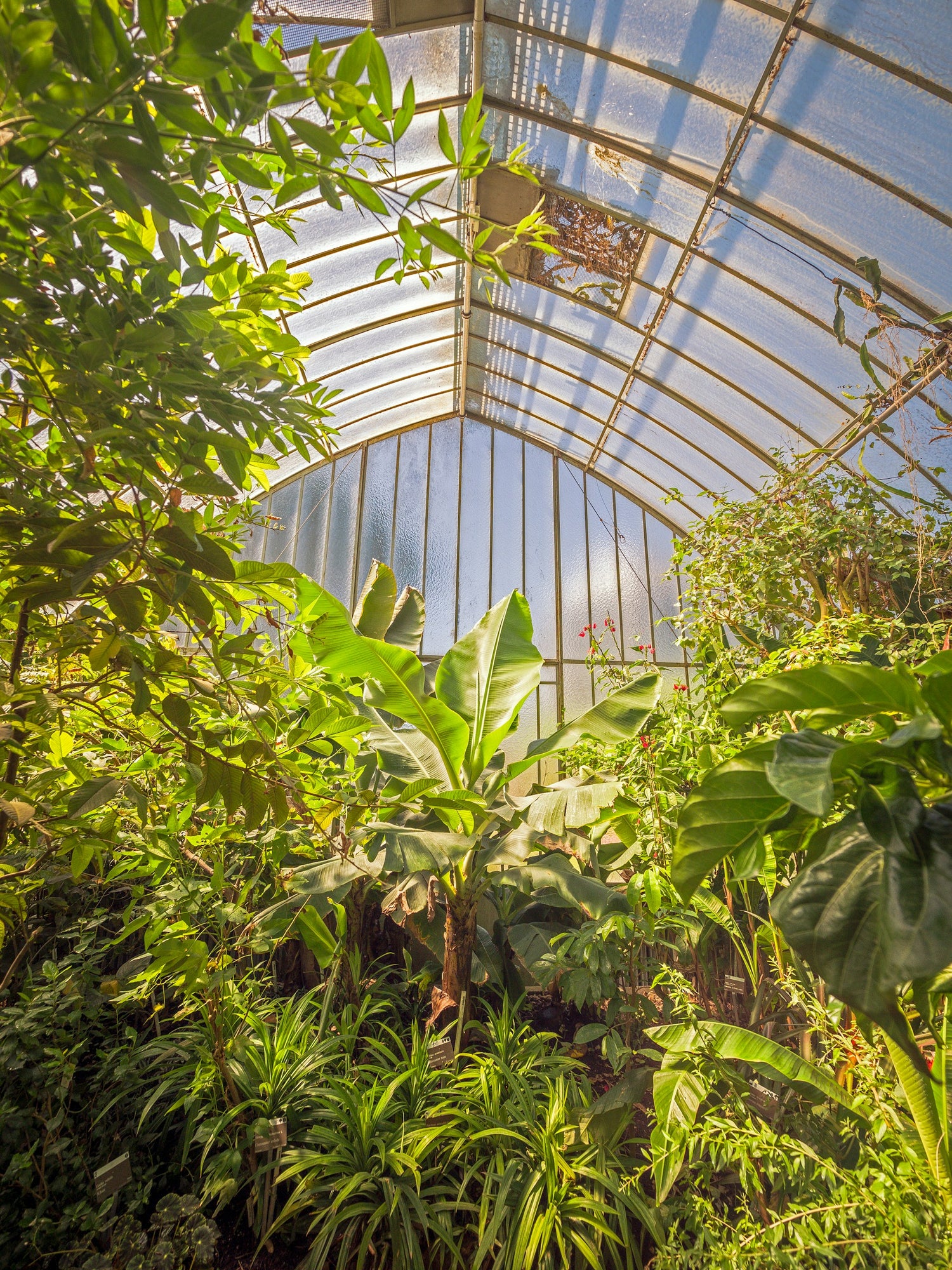Welcome to the world of succulents! If you're a plant enthusiast looking for a unique addition to your collection, the African Milk Tree (Euphorbia trigona) might just be the perfect fit. This fascinating plant is not only visually striking but also relatively easy to care for. In this blog post, we will explore everything you need to know about the African Milk Tree, from its origins to its care requirements and more.
What is the African Milk Tree?
The African Milk Tree, also known as the African Tree Cactus, is a succulent plant native to the arid regions of Central Africa. Despite its name, it is not actually a tree but a succulent shrub that can grow up to 6 feet tall. Its distinctive appearance features thick, upright stems with sharp thorns and clusters of small leaves at the top.
Origins and Cultural Significance
The African Milk Tree is native to Angola, Mozambique, and other countries in southern Africa. In its natural habitat, it thrives in dry, rocky areas with well-draining soil. The plant has cultural significance among the indigenous people of Africa, who believe it brings good luck and protection against evil spirits.
Caring for Your African Milk Tree
One of the reasons why the African Milk Tree is popular among plant enthusiasts is its relatively low maintenance requirements. Here are some essential care tips to keep your African Milk Tree healthy:
1. Light and Temperature
The African Milk Tree thrives in bright, indirect sunlight. Place it near a window where it can receive several hours of sunlight each day. It can tolerate a wide range of temperatures but prefers temperatures between 65°F and 85°F (18°C to 29°C).
2. Watering
Like most succulents, the African Milk Tree is drought-tolerant and prefers to be slightly underwatered than overwatered. Allow the soil to dry out completely between waterings, and be cautious not to let the plant sit in standing water, as it can lead to root rot.
3. Soil and Fertilizer
Use a well-draining cactus or succulent soil mix for your African Milk Tree. You can also add perlite or sand to improve drainage. Fertilize the plant with a balanced, water-soluble fertilizer diluted to half strength once a month during the growing season (spring and summer).
4. Pruning and Propagation
If your African Milk Tree becomes too tall or leggy, you can prune it back to encourage branching. Use clean, sharp pruning shears and be cautious of the thorns. The pruned stems can be propagated by allowing the cut ends to dry for a few days before planting them in well-draining soil.
5. Toxicity
It's important to note that the African Milk Tree, like many other Euphorbia species, contains a milky sap that can be toxic and irritating to the skin and eyes. Take precautions when handling the plant and keep it away from children and pets.
With proper care, your African Milk Tree can thrive and become a stunning focal point in your indoor or outdoor garden. Its unique appearance and low maintenance needs make it an excellent choice for both beginner and experienced plant enthusiasts. So why not add a touch of African beauty to your plant collection with the African Milk Tree?




